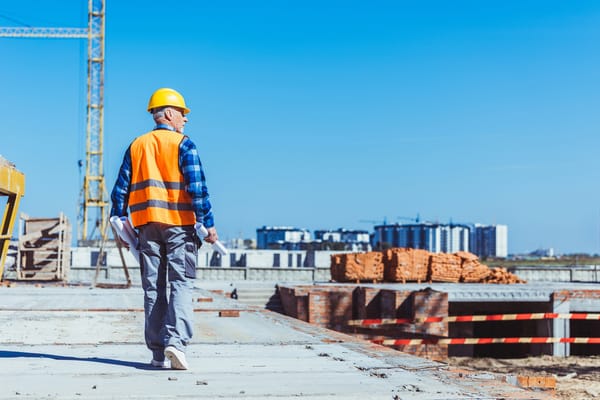Wild weather prompts worksite visits by regulators
By Jeff Salton
The safety regulators have announced they will be focusing their attention on the increasingly common problem of structural collapse during construction work. You have been warned – expect a visit from an inspector, particularly if you operate in NSW or Victoria.
In Victoria, WorkSafe inspectors are taking action following a number of collapses in recent months. In one case, a timber-frame wall struck a 17-year-old worker and in another case temporary hoarding fell down near pedestrians in a shopping area.
In New South Wales, SafeWork has been prompted by recent separate brick wall collapses, which resulted in the death of one worker and serious injury to another.
In Victoria, a State-wide campaign will focus on buildings and structures that are under construction. The regulator is sending a message that walls, roof structures, floors, formwork and pre-cast panels must be appropriately installed, supported or braced during construction work.
The NSW regulator is reiterating that the collapse of walls is often due to a lack of lateral support provided by permanent wall returns or other sections of the final structure, such as roof, walls or floors.
In the case of demolition sites, the hazard is particularly high during the removal of existing supports. Other areas where the risk commonly arises is if there is wind or other lateral loadings on the walls. A reduced mortar strength in new walls can also be a problem.
Recommended steps
Regulators recommend that builders and construction workers ensure the stability of masonry walls during construction or demolition work by:
- identifying walls before construction that will need temporary support;
- sequencing construction so that masonry walls have lateral support;
- avoiding overloading green masonry, including through additional temporary support to other structural elements, such as lintels;
- avoiding leaning materials against the walls; and
- ceasing work in the area of incomplete wall structures and establish a suitable exclusion zone if extreme weather is predicted or is happening.
Don’t work or stand behind those structures in such weather.
As with other foreseeable risks, the obligation is on your organisation to ensure that these reasonably practicable steps are put in place to control the risk of injury. And now with a focus by the regulator on this particular hazard, you should ensure that you audit your current practices to see whether they comply.
From the experts behind the Health & Safety Handbook, the Bulletin brings you the latest work health and safety news, legal updates, case law and practical advice straight to your inbox every week.

